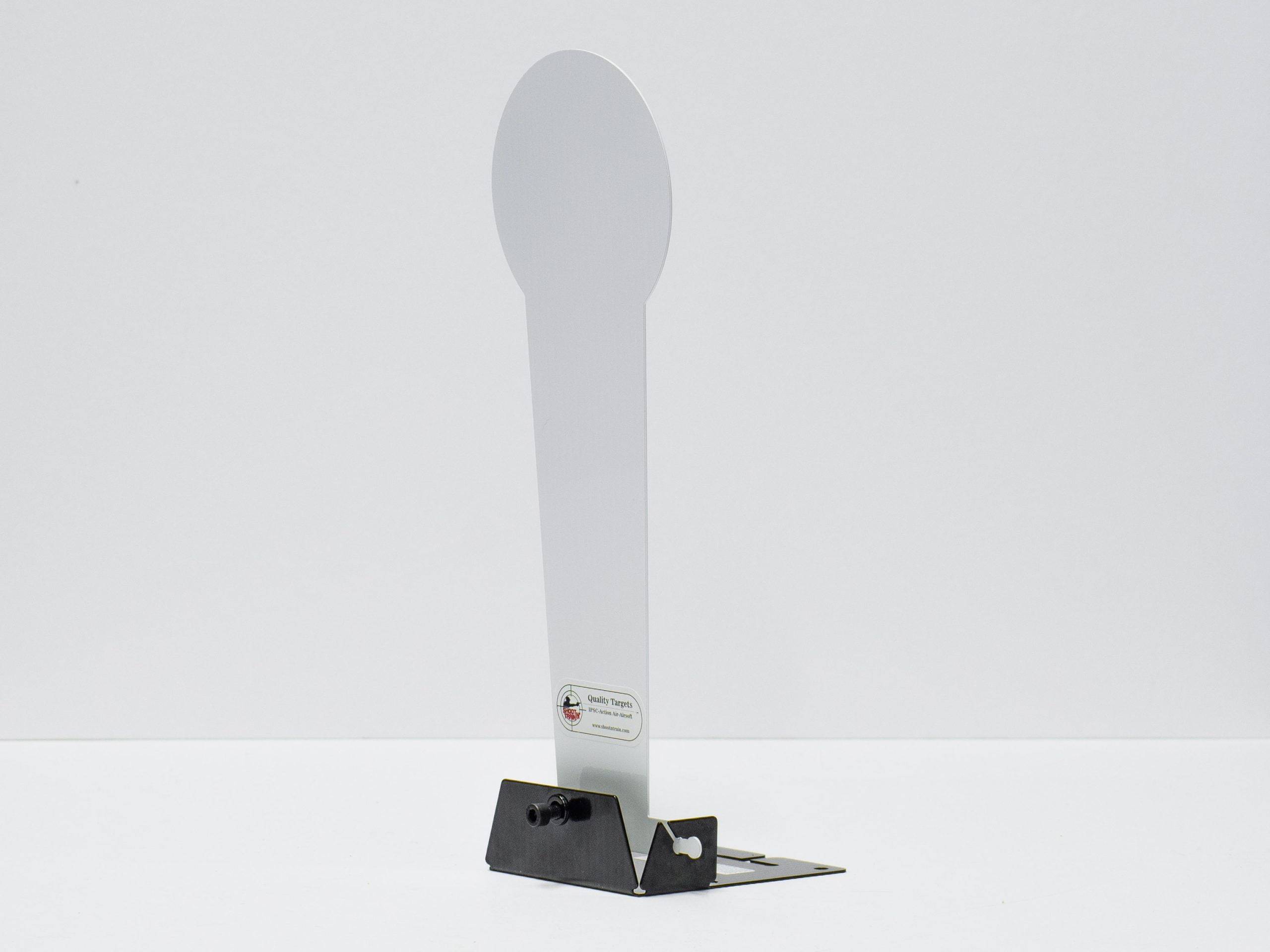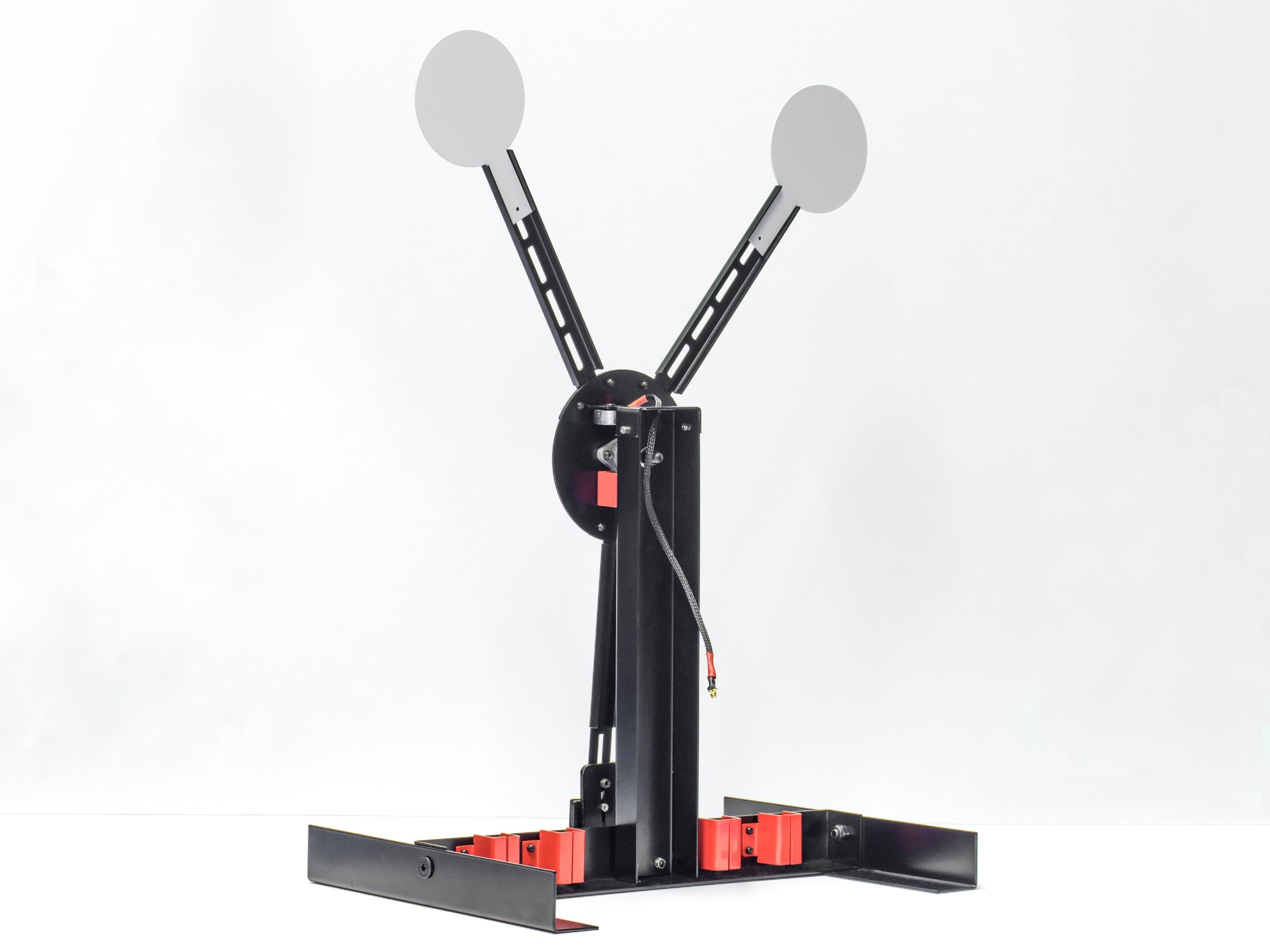Introduction
Welcome to the world of IPSC shooting, where accuracy and speed go hand in hand. IPSC (Worldwide customized ipsc cardboard targets Practical Shooting Confederation) is a dynamic and tough shooting sport that needs shooters to engage targets while navigating through numerous circumstances. One element that sets IPSC apart from other shooting disciplines is using moving targets. In this post, we will explore sophisticated techniques for mastering moving targets in IPSC training.
The Importance of Quality IPSC Targets
Before delving into the strategies, it is important to emphasize the significance of utilizing quality IPSC targets. A trusted target must not only stand up to the impact of bullets however likewise supply clear scoring zones for accurate evaluation. Shoot N' Train IPSC Targets have actually gotten recognition in the shooting community for their toughness and precise style. Purchasing high-quality IPSC cardboard targets guarantees that your training sessions work and realistic.

Advantages of Shoot N' Train IPSC Targets
Shoot N' Train provides a large range of advantages when it comes to IPSC training:
Durability: Shoot N' Train IPSC targets are made from strong cardboard product, making them resistant to use and tear during extreme training sessions.
Accurate Scoring Zones: The targets include distinct scoring zones, enabling shooters to assess their precision and improve their skills effectively.
Realistic Representation: Shoot N' Train targets imitate the size and shape of real-world items, offering a more genuine training experience.
Easy Setup: These targets can be easily established on any variety or practice location, saving valuable time throughout training sessions.
By utilizing Shoot N' Train IPSC Targets, shooters can maximize their training capacity and improve their performance on moving targets.
Mastering Moving Targets: Advanced Techniques
Mastering moving targets requires a mix of skill, focus, and adaptability. Here are some innovative methods to enhance your performance in IPSC training:

1. Preserving a Consistent Stance
To successfully engage moving targets, it is essential to establish a stable shooting platform. Start by positioning your feet shoulder-width apart and distributing your weight uniformly. Keep a slight bend in your knees and keep your upper body relaxed. This position offers a solid structure for fast target acquisition and follow-up shots.
2. Tracking the Target
Tracking moving targets needs smooth coordination between the shooter's eyes, hands, and body movements. Train your eyes to stay focused on the target while utilizing peripheral vision to monitor your surroundings. As the target moves, efficiently track its trajectory with your gun, keeping it lined up with the target's path.
3. Timing and Trigger Control
Timing plays an important function in hitting moving targets accurately. Establish a sense of timing by experimenting various moving target speeds. As you track the target, anticipate the best minute to squeeze the trigger, ensuring accurate shot placement.

4. Body Positioning for Transitions
IPSC situations often involve appealing numerous moving targets in quick succession. To enhance your effectiveness during shifts, position your body in a manner that lessens movement between targets. Practice moving your weight efficiently from one foot to another while preserving balance and stability.
5. Making Use Of Sight Photo Techniques
When engaging moving targets, shooters should adapt their sight picture methods for enhanced precision. Explore different sight positionings, such as "flash sight image" or "target focus," to determine which works finest for you in various scenarios.
6. Including Movement into Training
To imitate real-world shooting circumstances, include motion into your training routine. Practice shooting while on the relocation, engaging targets from different angles and ranges. This vibrant training method improves both speed and precision when dealing with moving targets.
FAQs
Here are some frequently asked concerns about mastering moving targets in IPSC training:
Q: How can I enhance my reaction time when engaging moving targets?
- A: Reaction time can be enhanced through consistent and recurring training. Regularly practice drills that focus on quick target acquisition and engagement.
- A: One common mistake is overcompensating for the target's movement, resulting in unreliable shots. Another is losing concentrate on peripheral targets while engaging a primary target.
- A: Yes, different types of moving targets require differing techniques. For example, engaging a swinging target may need leading the target, while engaging a running target may involve aiming at the predicted point of impact.
- A: Accuracy comes with practice and establishing a deep understanding of your gun's characteristics. Frequently train with moving targets to improve your shooting skills.
- A: Mental preparation is vital for maintaining focus and responding quickly to changing situations. Visualize effective engagements before stepping onto the range to cultivate a positive mindset.
- A: Yes, dry-fire practice is a reliable method to improve trigger control and sight alignment, which are essential skills for hitting moving targets accurately.
Conclusion
Mastering moving targets is a tough but fulfilling undertaking in IPSC training. By incorporating these sophisticated methods into your practice sessions and using quality IPSC targets like Shoot N' Train, you can raise your shooting abilities to new heights. Remember, consistency and dedication are crucial to achieving success in this vibrant shooting sport. So grab your equipment, head to the range, and start the journey of mastering moving targets in IPSC training.